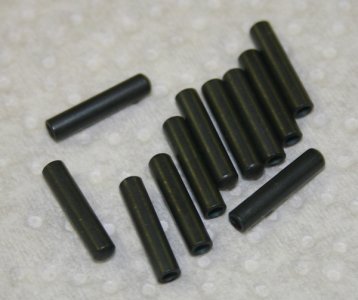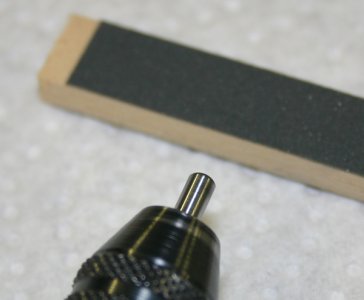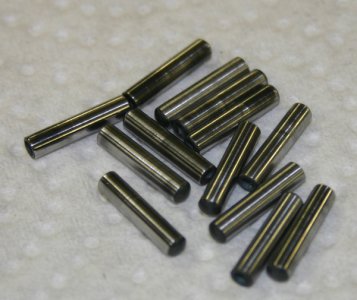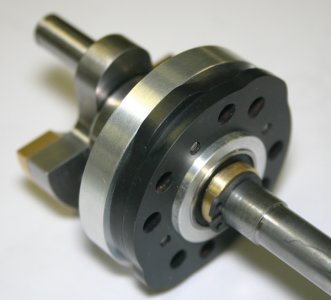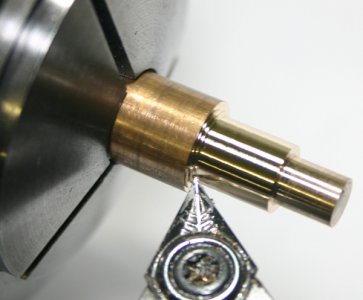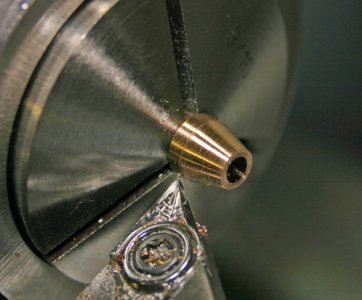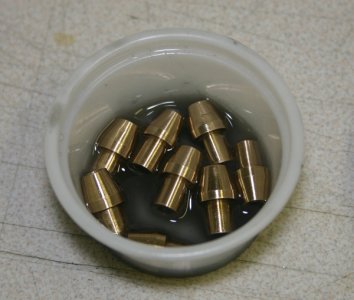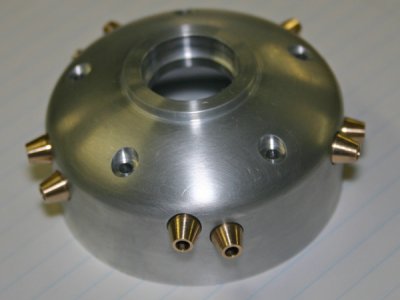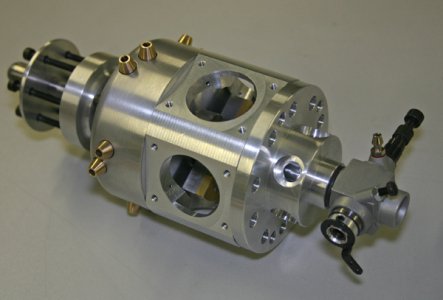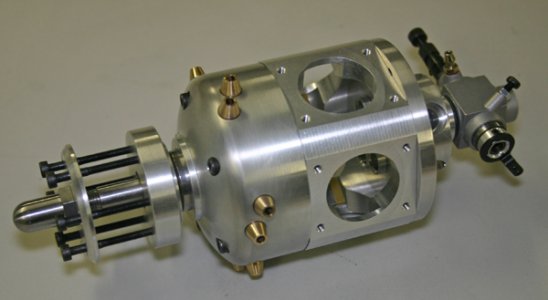DPittman
Ultra Member
Sounds fun. One of my childhood friends built RC planes and eventually a helicopter. It always intrigue me and I loved the engines. I had cast off Cox 0.49 engines that I would make snow sleds and boats for. Neat hobby RC stuff. I am now nearing completion of a 2 seater ultralight airplane I built (kit form) . Just some bigger than your sailplanes! It's taken forever to get this far (reasons not related to actual building) and now it's pretty high on the bucket list to actually get it flying. I fear the bucket might go flying first!Only radio control models. Been doing it since I was a kid. Started on typical sport models, then pattern (aerobatics) for quite a while, then pylon racing, then a brief stint with heli's (the dark side). Now I'm messing around with 4m span electric sailplanes. The motors are just to get to altitude, then its basically a thermal event. I've kind of done RC events in 10 year chunks for whatever reason, so I'll probably stick with this for a while. The reflexes aren't quite what they used to be LOL.
Don

